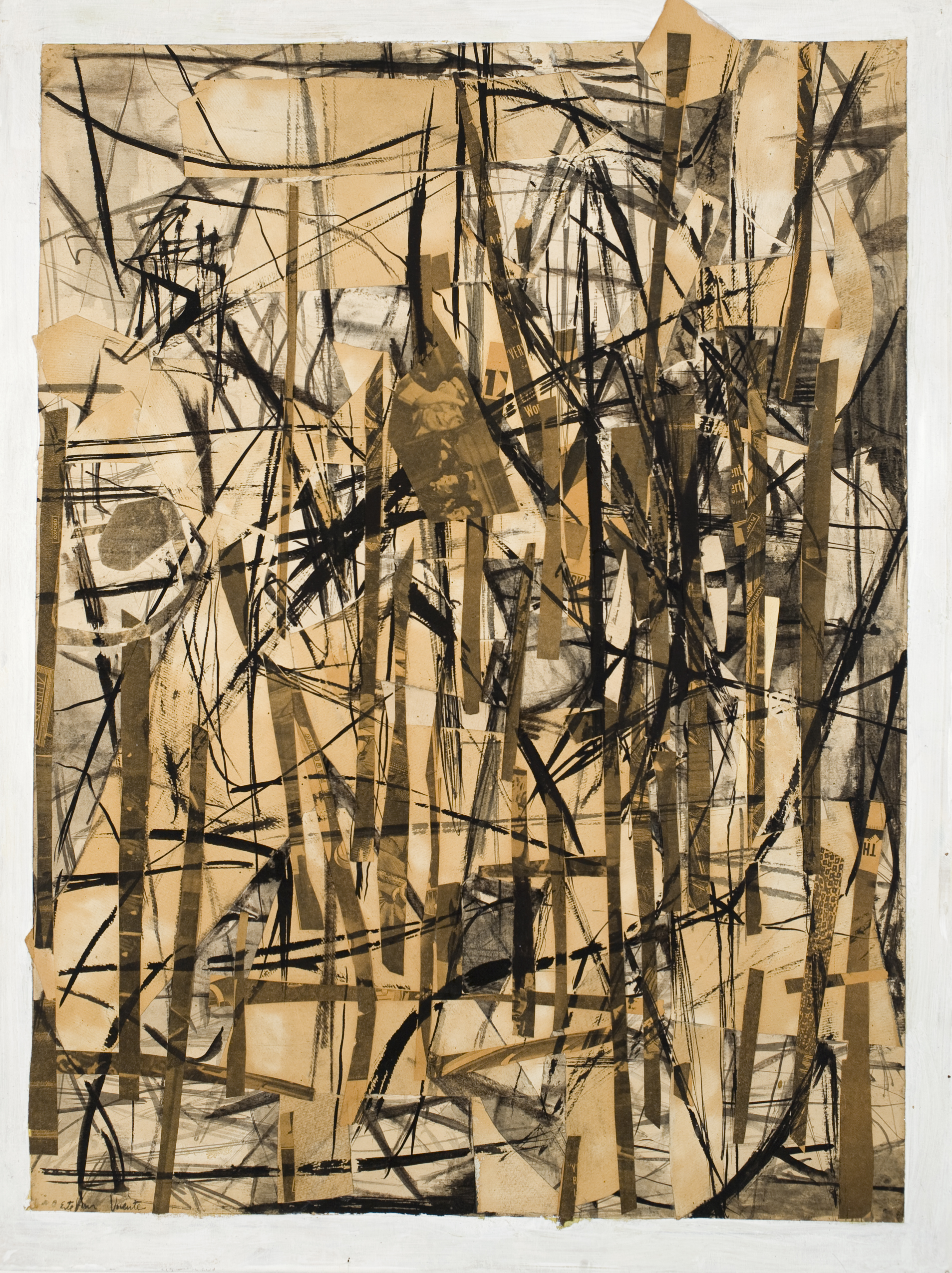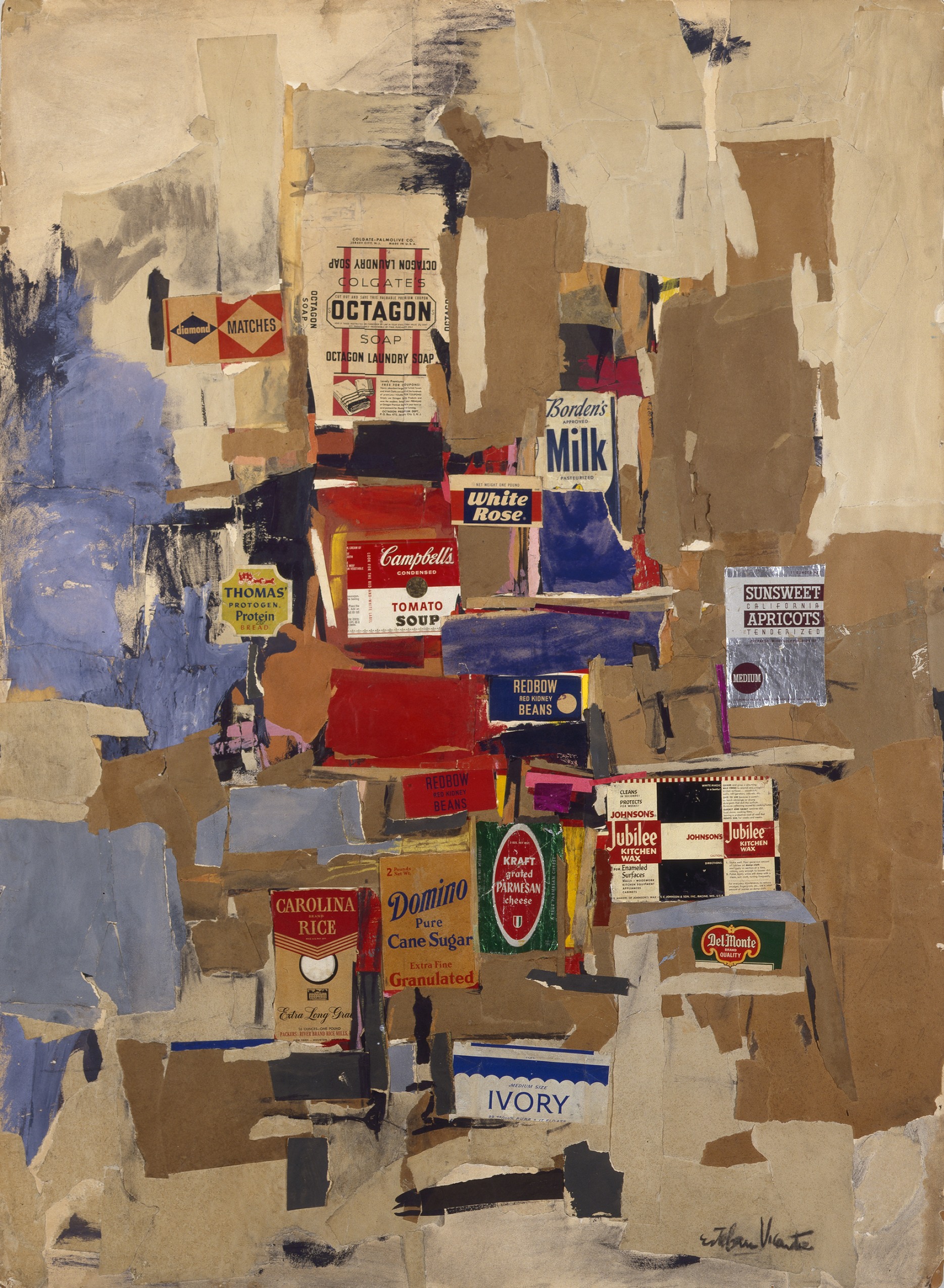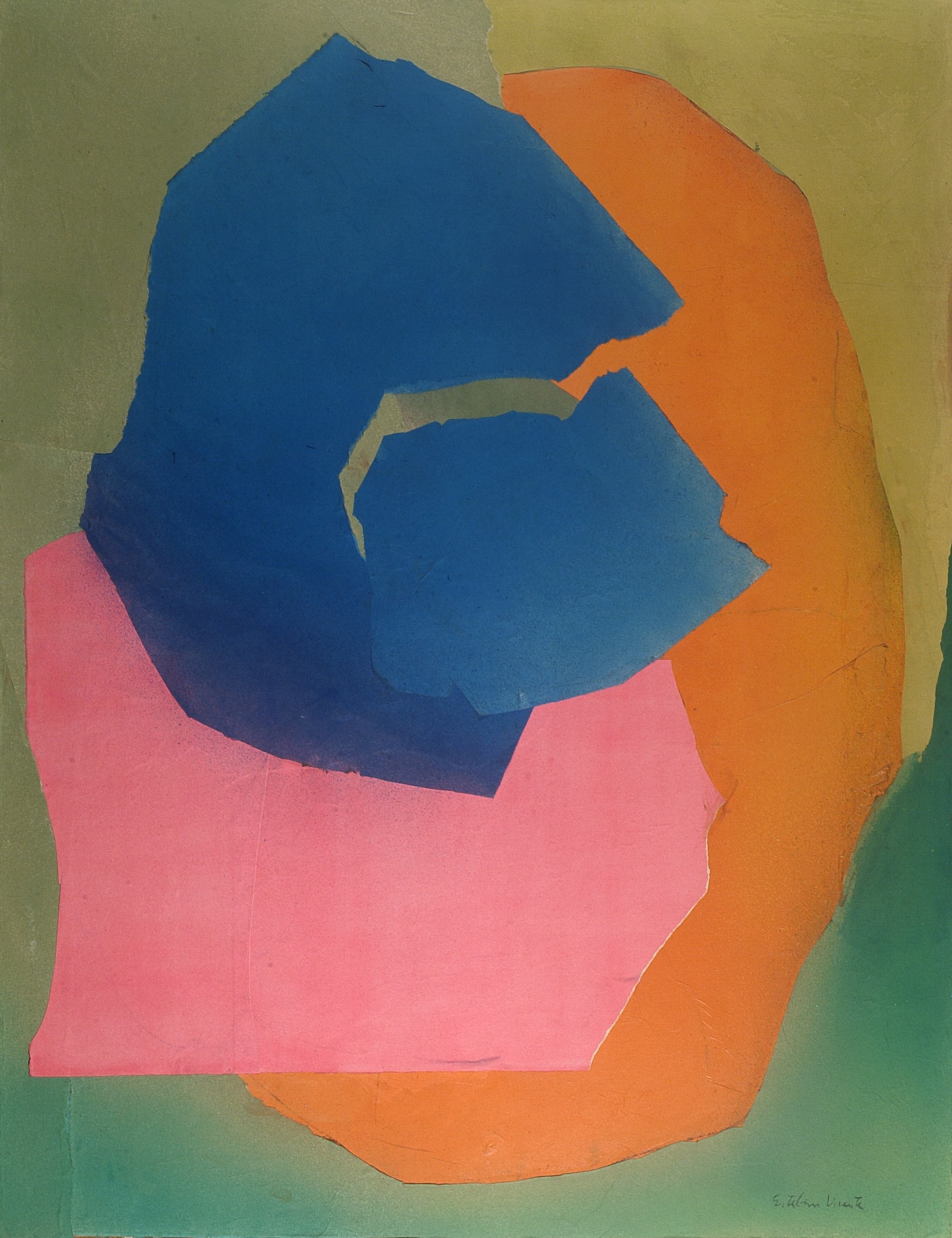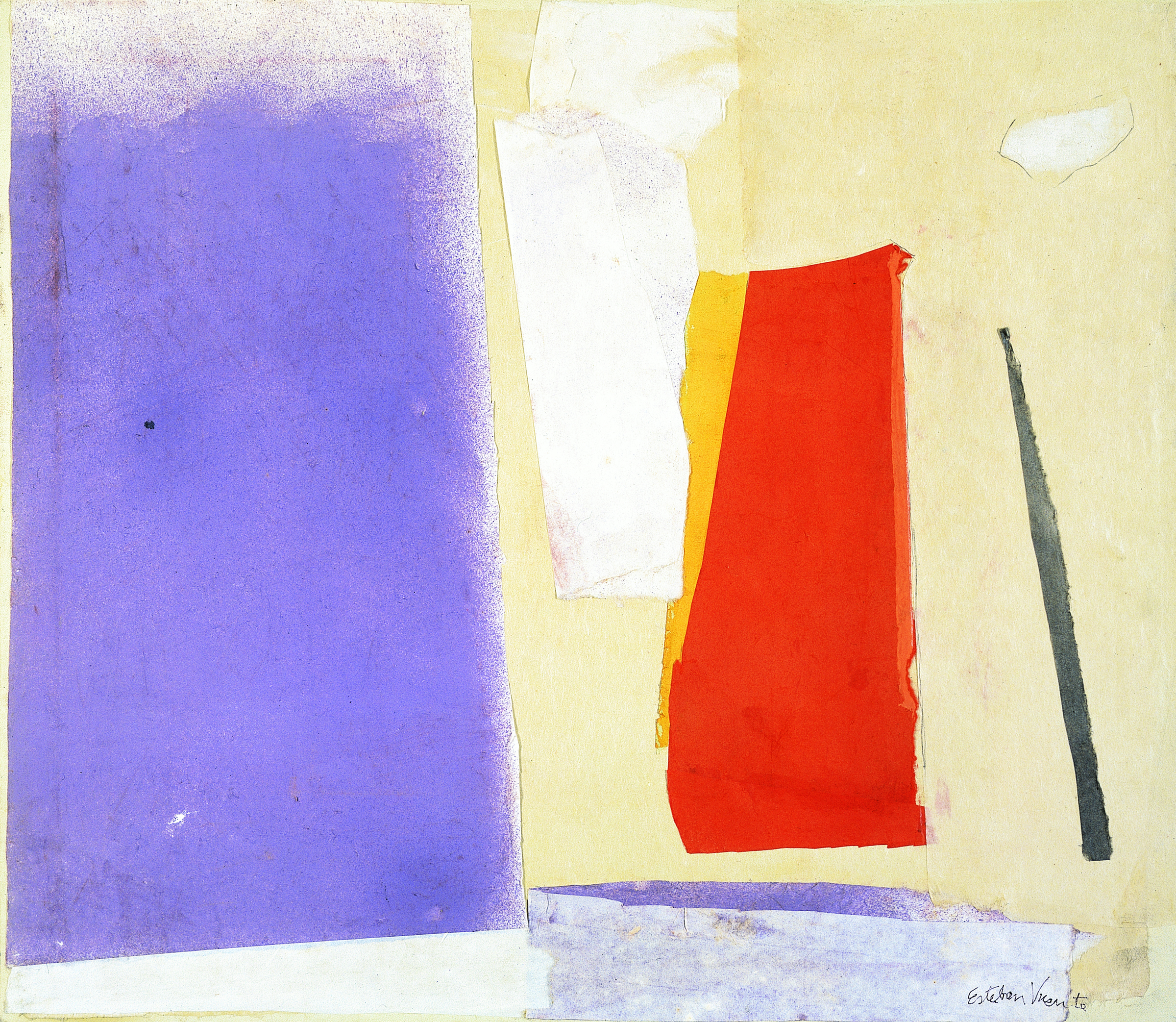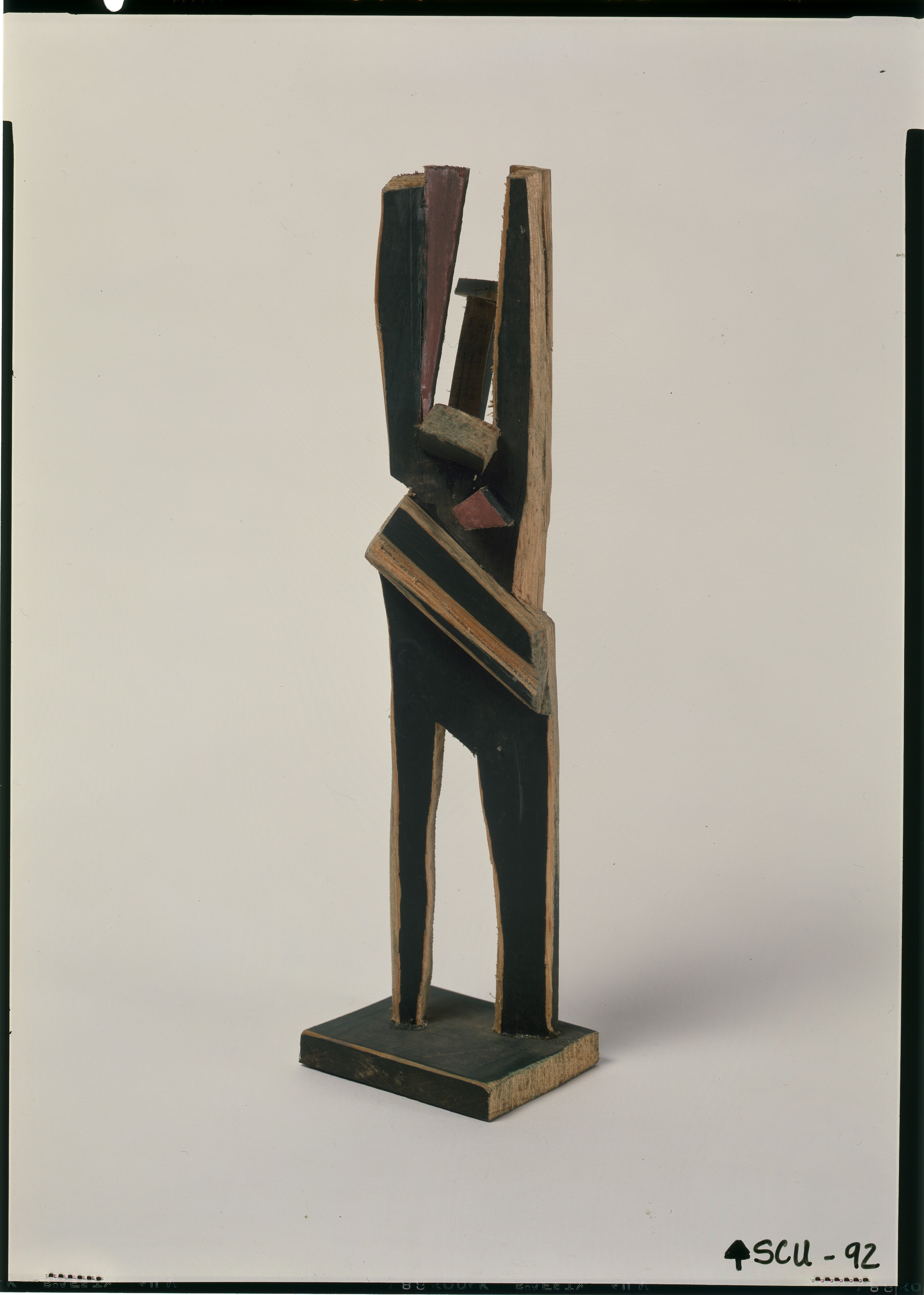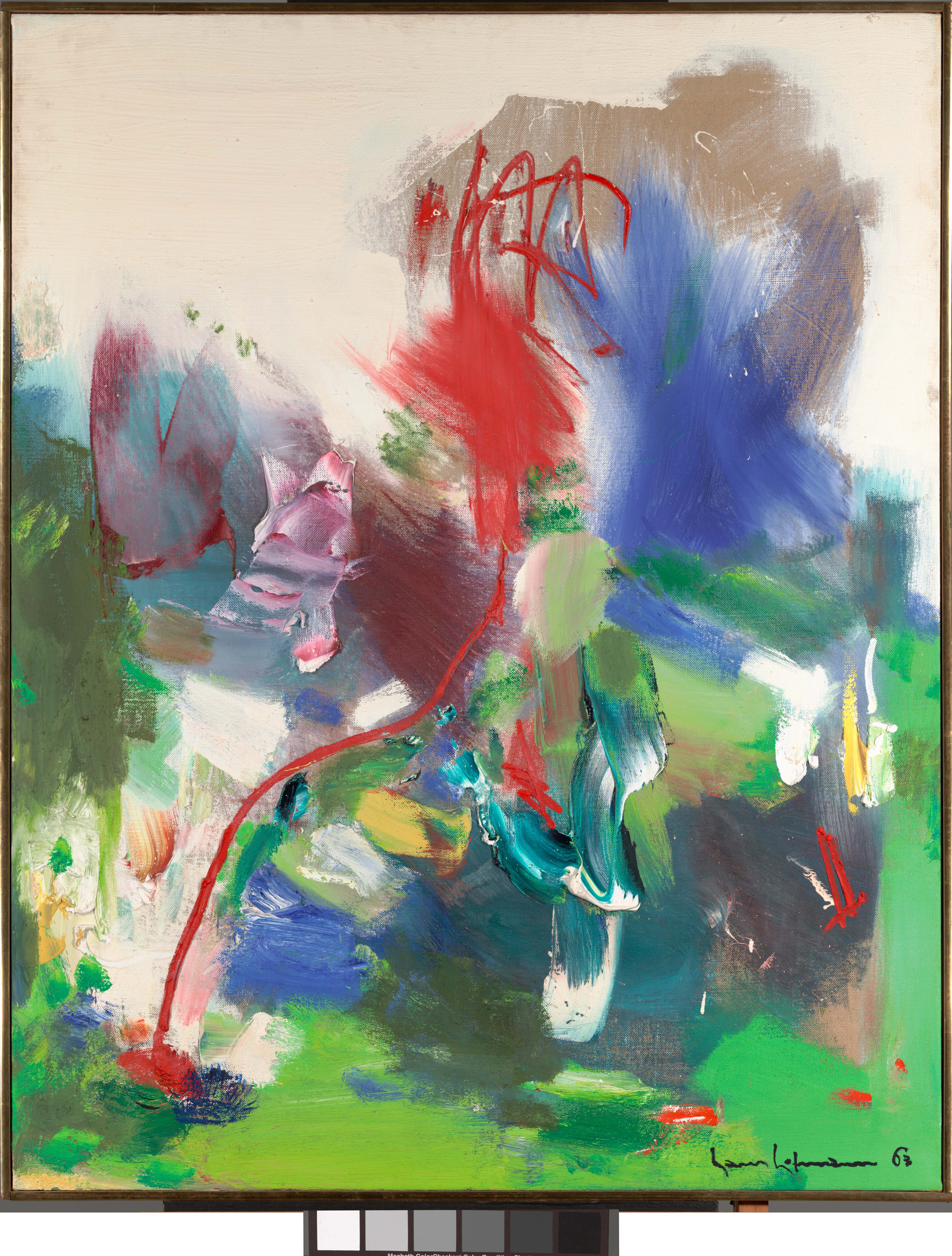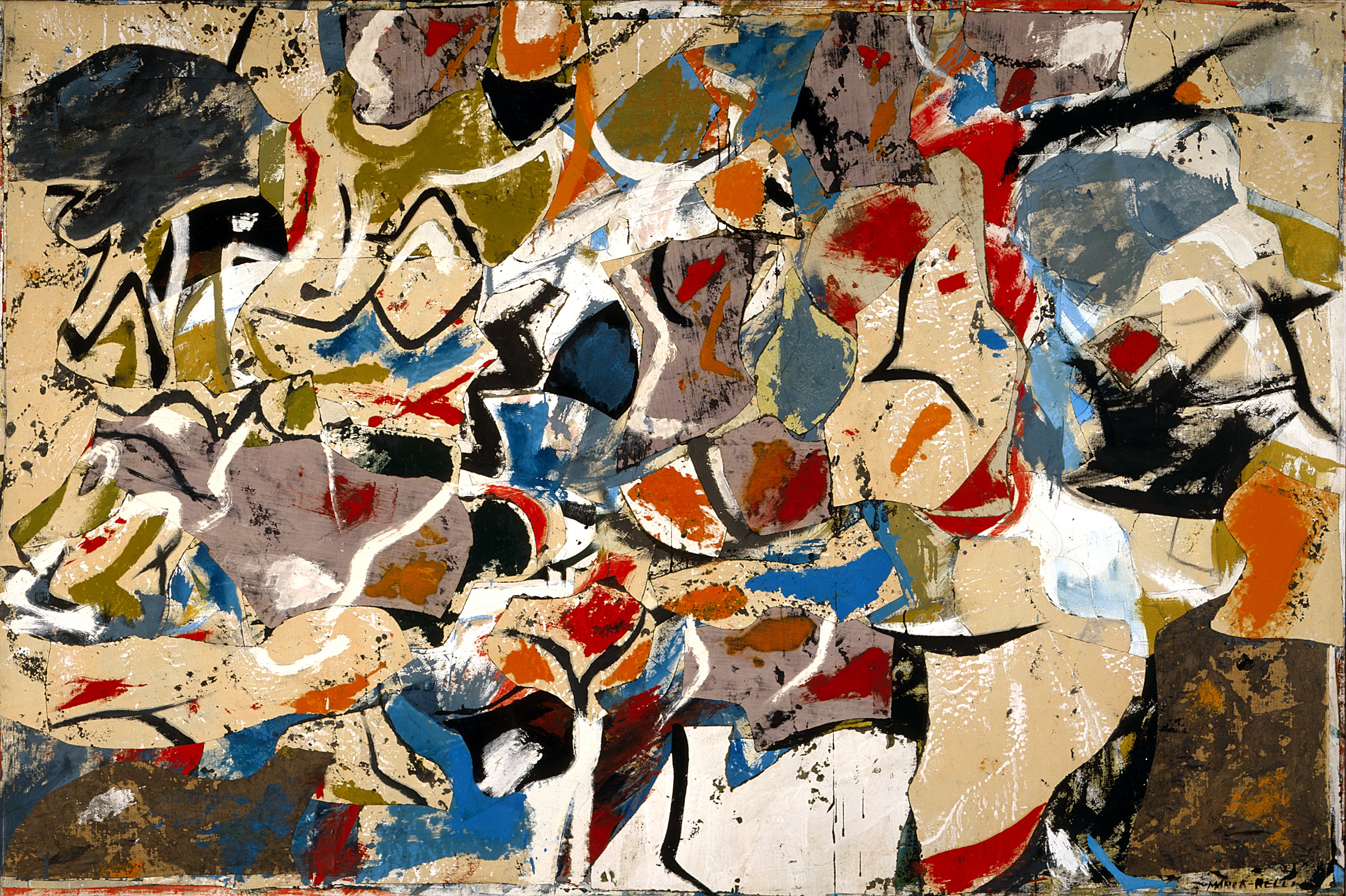Meadows Museum hosts work by pioneering abstract expressionist
Works by pioneering abstract expressionist Esteban Vicente opens May 15 at SMU's Meadows Museum.
DALLAS (SMU) – Beginning May 15, some 80 lyrical collages and polychrome sculptures will be on display at the Meadows Museum at SMU as part of the exhibition Concrete Improvisations: Collages and Sculpture by Esteban Vicente. The exhibition marks the first time Vicente’s collages and sculptures have been paired together in a major exhibition.
Vicente, a Spanish-born American painter, was a member of the first generation of New York Abstract Expressionists and a significant 20th century artist and teacher. Vicente participated in Meyer Schapiro and Clement Greenberg’s landmark exhibition Talent 1950 and also helped to organize the seminal 9th Street show.
Vicente’s collages, which he first began producing in 1949, provide an insightful connection when viewed alongside works on paper created by some of his contemporaries, including Jackson Pollock and Willem de Kooning.
Using newspaper advertisements for his first endeavors with the medium, Vicente then turned to fine handmade paper that he would paint and tear himself. By utilizing paper, Vicente connected himself with the Spanish masters of the technique, Picasso, Braque, and Gris, insisting that the “pure thing is to use paper for collage. That was the original idea.” Vicente’s collages show a dispersal of line and rich mixture of texture and color that is also closely aligned with the formal concerns of the Abstract Expressionist movement.
Vicente was one of the founding members of the New York Studio School. He also taught at numerous universities throughout the United States, counting among his students leading artists Chuck Close and Brice Marden. The objects included in the exhibition span fifty years of Vicente’s long career and include such works as Labels (1956), which precedes Warhol’s famous appropriation of the Campbell’s soup logo.
In conjunction with Concrete Improvisations, the Meadows Museum will present Esteban Vicente in America: Collage, Color and Somewhere in Between, which weaves together works by a number of Vicente’s contemporary colleagues with whom he shared a clear artistic affinity, including Willem de Kooning, Robert Motherwell and Mark Rothko. The exhibition aims to provide a context for understanding the work of Esteban Vicente after his arrival from Spain to New York in 1936, and will underscore the importance of this first-generation Abstract Expressionist. A fully illustrated catalogue has been produced by the Meadows Museum for this exhibition.
“Concrete Improvisations will expose audiences to an artist who was an integral part of the Abstract Expressionist movement, but who is not well known to the public,” said Meadows Museum Director Mark Roglán. “As a museum with a core commitment to education, we are thrilled to showcase the pioneering work of an artist noted for his lifelong dedication to teaching.”
Vicente was a significant figure in the first generation of New York Abstract Expressionist artists, and was the only Spanish-born painter to participate in the movement. His focus on collages, which he called “concrete improvisations,” comprised nearly half of the artist’s yearly work and set him apart from his Abstract Expressionist peers. Vicente also created small-scale sculptures that he referred to as “toys” or divertimientos, and which were typically assembled from leftover bits of wood and scrap material found in his studio. Not initially intended for public display, the sculptures included in the exhibition reveal a lighthearted side of the artist and will be interspersed with his collages.
Concrete Improvisations is accompanied by a fully illustrated, bilingual catalogue, Concrete Improvisations: Collages and Sculpture, Esteban Vicente. The catalogue reassesses Vicente’s career, analyzes his contribution to the medium of collage, and sheds new light on his intimate sculptures.
About Esteban Vicente
Born in Turégano, Spain, in 1903, Vicente arrived in New York in 1936 and by 1950 was an active participant in the Downtown art scene. He rented a studio at 88 East Tenth Street (sharing a floor, for a time, with Willem de Kooning), became a voting member of The Club, and participated in Meyer Schapiro and Clement Greenberg’s landmark exhibition Talent 1950 at the Samuel Kootz Gallery. A year later, he helped to organize the historic 9th Street show, and several of his paintings appeared in Thomas B. Hess’s foundational text on the New York School, Abstract Painting: Background and American Phase. As his paintings began to garner critical and public attention, Vicente also embarked on what would become a long and successful teaching career. He accepted short- and long-term appointments at universities and art schools throughout the United States, including the University of California, Berkeley; Black Mountain College; Yale University; Princeton University; New York University; and the New York Studio School, among other institutions.
Sponsorship
Concrete Improvisations: Collages and Sculpture by Esteban Vicente has been organized by the Grey Art Gallery, New York University; the Museo de Arte Contemporáneo Esteban Vicente, Segovia; and Acción Cultural Española (AC/E). It is made possible, in part, by the generous support of The Harriet and Esteban Vicente Foundation. The Meadows Foundation also has provided generous financial support for the Dallas venue.
Meadows Museum
The Meadows Museum is the leading U.S. institution focused on the study and presentation of the art of Spain. In 1962, Dallas businessman and philanthropist Algur H. Meadows donated his private collection of Spanish paintings, as well as funds to start a museum, to Southern Methodist University. The museum opened to the public in 1965, marking the first step in fulfilling Meadows’ vision to create a “Prado on the Prairie.”
Today, the Meadows collection of Spanish art—one of the largest and most comprehensive outside of Spain—comprises more than 125 paintings and sculptures and approximately 450 works on paper. The collection spans from the 10th to the 21st century, and includes medieval objects, Renaissance and Baroque sculptures, and major paintings by Golden Age and modern masters.
# # #
